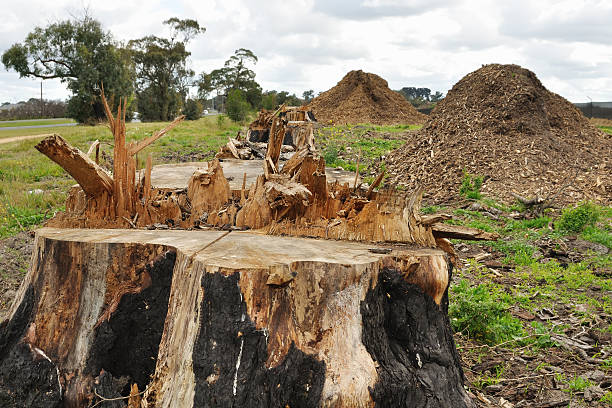Trees are:
- Essential components of our environment.
- Offering numerous benefits such as oxygen production.
- Habitat provision.
- Aesthetic appeal.
However, there are situations where property owners may seek to eliminate a tree without resorting to cutting it down. While this is a delicate topic with environmental implications, exploring ethical alternatives and responsible methods for managing unwanted trees is crucial.
Understanding the Motivation
Before embarking on any tree removal method, it’s vital to understand the reasons behind the decision. Whether it’s for safety concerns, space constraints, or landscaping preferences, a clear understanding of the motivation can help determine the most appropriate course of action.
Pruning: Shaping for Safety and Aesthetics
One alternative to outright removal is strategic pruning. Professional arborists can assess the tree and selectively remove branches to address safety concerns, improve aesthetics, or manage its size. Proper pruning preserves the tree’s health, enhances its structural integrity, and reduces the risk of falling limbs.
Tree Health Assessment
If a tree is deemed undesirable due to disease or infestation, consider consulting with a certified arborist to assess its health. In some cases, treatment measures may be available to restore the tree’s health and vitality, eliminating the need for removal. Addressing the underlying issues contributing to the tree’s decline can lead to a more sustainable solution.
Transplanting: Giving Trees a Second Chance
Transplanting is an eco-friendly option that involves relocating a tree to a different location rather than removing it. This method is viable for smaller trees and requires careful planning to minimize stress on the tree’s roots. Transplanting allows property owners to preserve mature trees and maintain the benefits they provide to the environment.
Root Barriers: Managing Space Conflicts
In cases where tree roots pose challenges to infrastructure or landscaping plans, installing root barriers is a non-lethal alternative. Root barriers redirect and contain tree roots, preventing them from causing damage to structures or interfering with other plantings. This method provides a compromise, allowing the tree to coexist with the surrounding environment.
Trees undergo a natural self-pruning process as they shed dead or unhealthy branches. Property owners can manage the tree’s size and shape by allowing this process to occur naturally without resorting to drastic measures. Regular monitoring and minimal intervention can help guide the tree’s growth in a way that aligns with the property owner’s preferences.
Before deciding on any course of action, seeking professional guidance from certified arborists is crucial. Their expertise can help identify the most suitable approach based on the specific circumstances. Additionally, local regulations may dictate what methods are permissible, emphasizing the importance of compliance with environmental and legal standards.
Every tree plays a role in the ecosystem, providing habitat, improving air quality, and contributing to biodiversity. Before opting for removal, consider the broader environmental impact and explore ways to minimize any negative consequences. Responsible tree management promotes a healthy coexistence between human needs and environmental sustainability.
The decision to eliminate a tree without cutting it down should be approached with careful consideration and ethical responsibility. Property owners can address concerns while preserving the ecological benefits of trees by exploring alternatives such as pruning, transplanting, and root barriers. Seeking professional guidance ensures that the chosen method aligns with the property owner’s and the environment’s best interests.

